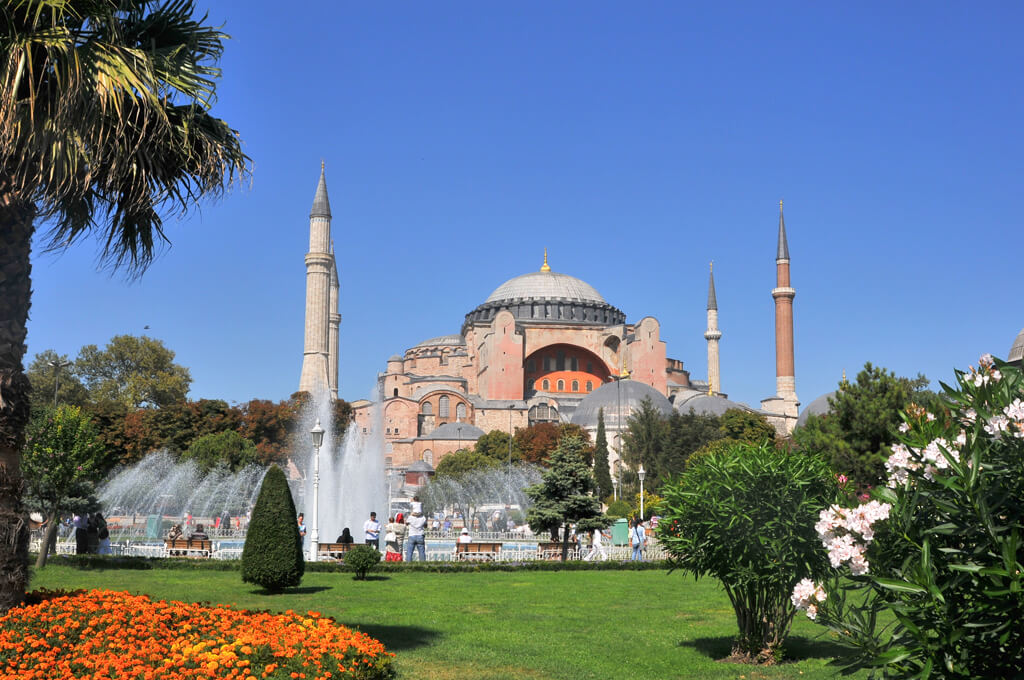Hagia Sophia Museum (ST.SOPHIA) – Chapter 2

The mosaics were done later on, at the season of Justin II (565-578). Hagia Sophia was changed over into a mosque, after the triumph of Istanbul in 1453 by Sultan Mehmed II the Conqueror (Fatih). Hagia Sophia filled in as the primary mosque of Istanbul for almost 500 years. It turned into an example for a number of the Ottoman mosques of Istanbul like the Beyazıt Mosque, the Kalender Mosque, the Suleiman Mosque, and the Eyup Sultan Mosque. In the sixteenth and seventeenth hundreds of years, the minbar, the mihrab, position of authority for sermon reflecting Islam and wood bars were placed into the inside area. A library was worked by the request of Sultan Mahmud I.
The Hürrem Sultan Hamam (Turkish shower of the Ayasofya mosque complex), on the southwest side of Ayasofya by the recreation center with the wellspring, was planned by ace draftsman Mimar Sinan and worked for Sultan Süleyman the Magnificent. It has been perfectly reestablished and is again in administration as a hamam (Turkish shower).
Hagia Sofia was modernized and transformed into the Ayasofya Museum In 1934, at Turkish president Kemal Atatürk’s ask. The supplication floor coverings were evacuated, showing the marble underneath, yet the mosaics remained to a great extent put over and the building was permitted to rot for quite a while. A portion of the calligraphic boards were sent to different mosques, however eight roundels were left can at present be seen today.
Inside Hagia Sophia there is a sweating section toward the side of the congregation. This current section’s lower part is surrounded by a bronze belt and there is an opening to embed a finger. There are numerous legends and stories about the segment. In the northern wing there is a mosaic board, and there are three boards, each with gatherings of three figures, in the southern wing.
A perfect work of art of Byzantine mosaic craftsmanship is lit up by the light from a window in the southern display . The board, called “Deesis”, speaks to the last judgment and is an arrangement of three figures: Jesus is found in the middle, flanked by the Virgin Mary and John the Baptist. The uncommon course of action of the mosaics out of sight highlights the excellence of the figures, and the outward appearances are amazingly practical.
The Virgin Mary and Christ-Child, the Emperor Comnenus II, and the Empress Eirene is delineated toward the finish of the southern display a board from the twelfth century while the board as an afterthought divider depicts the feeble Prince Alexius.
UNESCO acknowledges Hagia Sophia as The World Heritage due to structural excellence.




No Comments